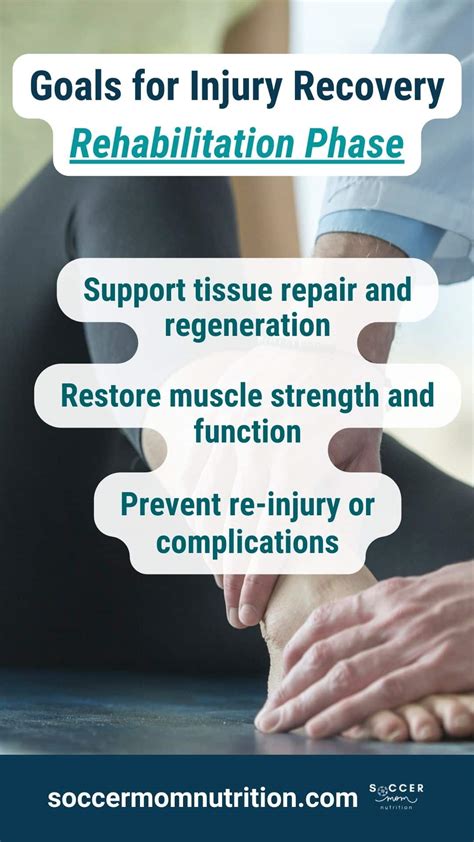How to break a strength plateau for rapid muscle gains?

Every lifter, from novice to seasoned athlete, eventually hits that frustrating wall: the strength plateau. You’re consistently hitting the gym, putting in the work, but your lifts aren’t increasing, and your muscle gains have stalled. This isn’t a sign of failure; it’s an invitation to refine your approach and challenge your body in new ways. Breaking through a plateau isn’t about working harder, but often about working smarter.
Understanding the Plateau Phenomenon
A strength plateau typically occurs when your body has adapted to your current training stimulus. Your muscles, nervous system, and connective tissues have become efficient at handling the loads you’re subjecting them to, and they no longer perceive a need to grow stronger or larger. To force continued adaptation, you need to introduce novel stressors. This means more than just adding 5 pounds to the bar every week, which eventually becomes unsustainable.

Re-evaluate and Adjust Your Training Variables
1. Beyond Simple Progressive Overload
While progressive overload is the bedrock of strength and hypertrophy, it’s not always about increasing weight. Consider these variations:
- Increase Reps: If you’re stuck at a certain weight for 5 reps, try to hit 6 or 7.
- Increase Sets: Add an extra set to your main lifts.
- Decrease Rest Times: Shortening rest periods between sets can increase training density and cardiovascular demand.
- Improve Form: Sometimes, a strength plateau is due to subtle form breakdown. Focus on perfect execution to engage target muscles more effectively.
- Increase Time Under Tension (TUT): Slow down the eccentric (lowering) phase of your lifts to put more stress on the muscle.
2. Vary Rep Ranges and Exercise Selection
Sticking to the same rep range for too long can lead to adaptation. Incorporate cycles of high reps (10-15) for hypertrophy, moderate reps (6-10) for a blend of strength and size, and low reps (1-5) for pure strength development. Also, don’t be afraid to swap out accessory exercises or even rotate your main compound lifts occasionally (e.g., back squats for front squats, bench press for incline dumbbell press).

Implement Advanced Training Techniques
Once you’ve optimized the basics, advanced techniques can provide the shock your muscles need.
- Drop Sets: After completing a set to failure, immediately drop the weight by 20-30% and perform more reps to failure.
- Supersets: Pair two exercises back-to-back with minimal rest, either for opposing muscle groups (antagonistic) or the same muscle group (compound).
- Rest-Pause Training: Perform a set to failure, rest for 10-20 seconds, then perform a few more reps with the same weight. Repeat 2-3 times.
- Partial Reps/Overload Training: Use heavier loads than you can typically handle for full range of motion, focusing on the strongest part of the lift.
- Periodization: Structure your training into distinct phases (e.g., strength, hypertrophy, power) with varying intensity and volume over time. This prevents overtraining and promotes consistent progress.

Optimize Your Recovery and Nutrition
Training breaks down muscle; recovery builds it back stronger. This is often the most overlooked aspect when chasing gains.
1. Prioritize Sleep
Aim for 7-9 hours of quality sleep per night. During sleep, your body releases growth hormone and performs critical repair processes. Poor sleep significantly impairs recovery and strength.
2. Dial In Your Nutrition
Ensure you’re in a slight caloric surplus to support muscle growth, with adequate protein intake (1.6-2.2g per kg body weight) for muscle repair, sufficient carbohydrates for energy, and healthy fats for hormone production. Don’t skip meals or under-eat when trying to break a plateau.
3. Stress Management
Chronic stress elevates cortisol, a catabolic hormone that can hinder muscle growth and recovery. Incorporate stress-reducing activities like meditation, yoga, or spending time in nature.
4. Active Recovery and Deloads
Light activity on rest days (walking, stretching) can aid blood flow and recovery. Furthermore, schedule regular deload weeks (every 6-10 weeks) where you significantly reduce volume and/or intensity. This allows your central nervous system and joints to recover fully, often leading to a surge in strength afterward.

Maintain Consistency and Adapt Your Mindset
Breaking a plateau isn’t a quick fix; it’s a process of consistent effort and intelligent adjustments. Keep a detailed training log to track what works and what doesn’t. Celebrate small victories and understand that progress isn’t always linear. Sometimes, the mental barrier is just as significant as the physical one. Believe in your ability to push past your current limits.

Conclusion
Hitting a strength plateau is an inevitable part of the fitness journey, but it’s also an opportunity for growth. By intelligently manipulating training variables, incorporating advanced techniques, prioritizing nutrition and recovery, and maintaining a resilient mindset, you can effectively shatter your current limits. Don’t let stagnation define your progress; use it as a catalyst to build a stronger, more muscular physique.








